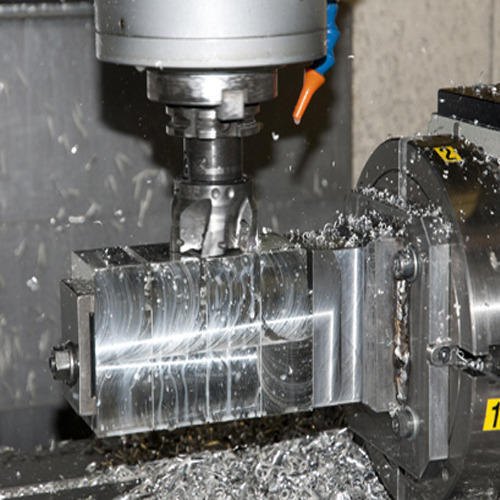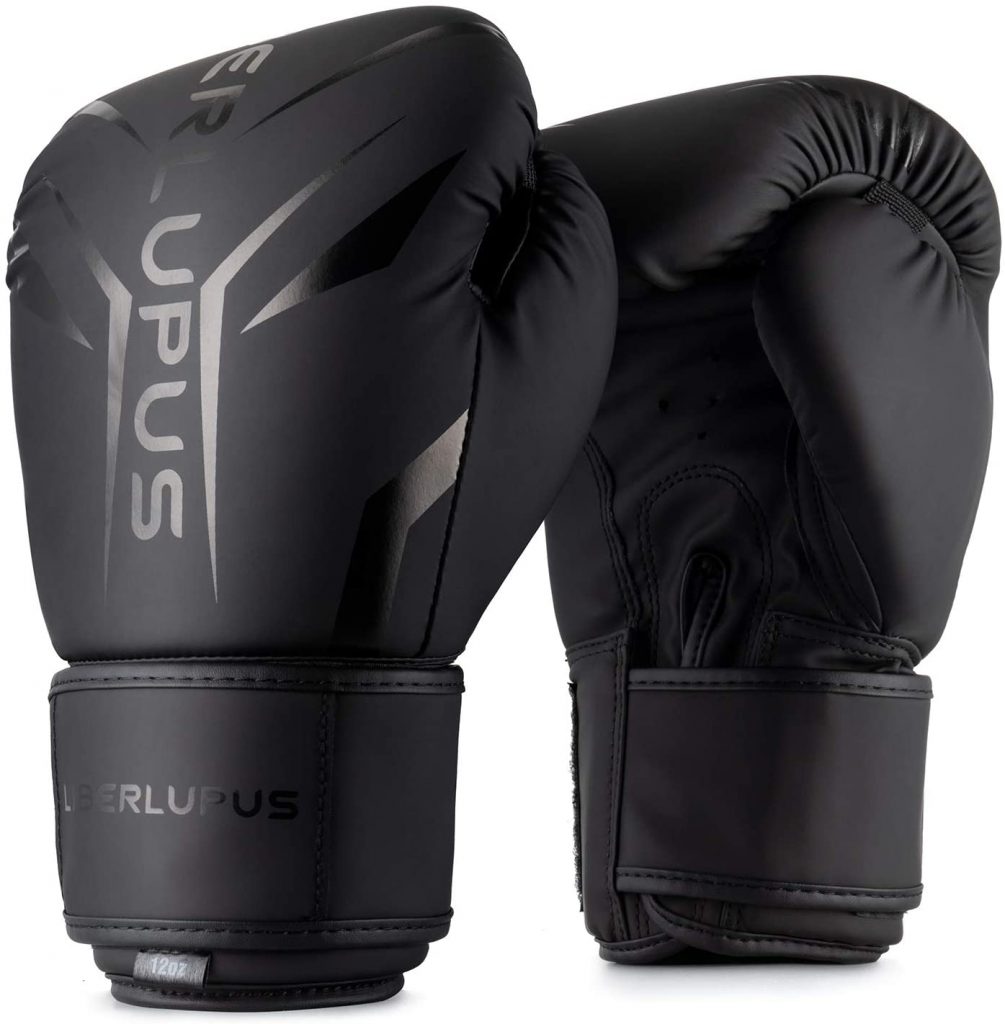As per the National Guideline Clearing House, individuals of any age are in danger of creating pressure injuries dependent on the weakness of their present wellbeing status. In the current work setting, practically all patients with restricted portability who can’t get up without anyone else and need to wear briefs or utilize the chamber pot start to build up a phase I pressure ulcer before release inside 1 – 2 days after hospitalization or momentary trauma center remain. The sign of value nursing care is great skin care. It is dependent upon the medical attendant to lead the function in pressure ulcer counteraction. The significance of this issue reaches out past the hospitalization stage. Those people who are released with stage 1 skin ulcer don’t generally have appropriately prepared relatives to think about them in this way keeping the stage 1 from deteriorating.

For a large number of the old patients, pressure wounds are a typical medical issue especially among the genuinely restricted or out of commission and without appropriate therapy can stay for the term of the individual’s life. The occurrence of weight injuries has expanded by 63% between the long stretches of 1993 to 2003 in hospitalized patients the medical attendant is answerable for focusing on the consideration that these patients need to get to forestall pressure ulcer advancement. Organizing staff to fill in as a group is at present slacking in the work place. The charge nurture doesn’t catch up on the staff nurture notes, nor does the staff nurture follow up on the attendant assistant errands of turning the patients and giving healthful enhancements gave by their dietary requests. The evaluation and the board of cham soc nguoi benh nam lau require an extensive multidisciplinary approach. The proposed confirmed based practice change would start by the distinguishing proof of holes in information and practice of the treatment of weight bruises.
This cycle would start with a study on current patients with pressure bruises, distinguishing their dietary admission of protein, nutrient C and different nutritious admission, for example, seasoned protein shakes and solid tidbits. The study would incorporate checking material change recurrence and adherence to turning plans. Distinguishing proof of weak patients who have restricted portability, incontinence, dementia or are beyond 65 years old. Staff RN’s present information base on pressure sore avoidance ought to be assessed. This should be possible by asking the RNs to round out a weight sore avoidance survey. The polls would likewise assess the degree of correspondence between staff individuals and move colleagues in this way distinguishing correspondence holes.







